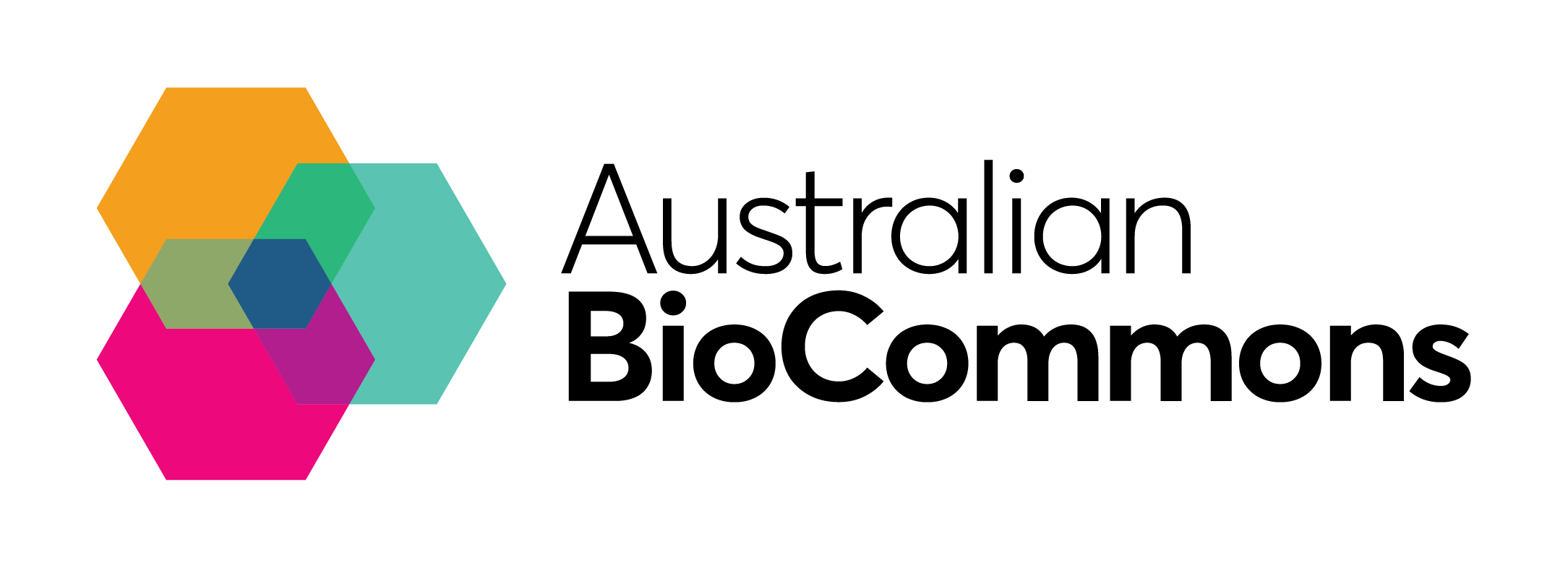Conservation managers welcome readymade bioinformatics workflows that support decision making
A small carnivorous marsupial, the Kowari; one of the threatened species that the Galaxy Australia workflows are being applied to.
Conservation decisions are becoming better informed by important genetic information thanks to a new set of bioinformatics workflows that assemble and annotate reference genomes for threatened vertebrate species. Bioinformaticians and conservation managers alike are now effortlessly customising and executing these tailored workflows to conduct sophisticated analyses without extensive computational knowledge.
The Threatened Species Initiative (TSI) has worked intensively with Australian BioCommons to overcome the barriers that limit the uptake of genetic data into conservation management programs. As part of TSI’s mission to improve conservation practices, a new suite of resources facilitates the easy generation of high quality genetic resources for downstream analyses in situations when a lack of bioinformatics knowledge or access to large-scale compute would have previously made it impossible.
Making use of the user-friendly ‘point and click’ Galaxy Australia interface, new workflows for genome assembly, data quality control, transcriptome assembly and annotation are easy to use and come with detailed instructions. By incorporating other BioCommons infrastructure like the Australian Fgenesh++ Service, the workflows are readily available at no cost to Australian researchers and conservation managers. The Galaxy Australia team tailored each step with the tools and compute resources that TSI bioinformaticians and conservation managers would need, and have made it all accessible via the Genome Lab.
Detailed “how-to” guides are already enabling collaborators at Museums Victoria to assemble the genome of the Victorian grassland earless dragon without requiring additional assistance. The detailed instructions are supporting insights into a range of interesting native species, as Patra Petrohilos, PhD candidate in the Australasian Wildlife Genomics Group at The University of Sydney, attests:
“I recently used the Galaxy Australia how-to-guide to help me through the process of reference assembling for the Kowari (a small carnivorous marsupial). I found the instructions incredibly clear and easy to follow and the entire workflow was completed in a few days.”
Development of the workflows and “how-to” guides was led by Dr Luke Silver, Postdoctoral Bioinformatician in the Australasian Wildlife Genomics Group at The University of Sydney, and Dr Anna Syme, Bioinformatician at Australian BioCommons. Luke will present this work at the Genetics Society of Australasia 2024 Conference.
The workflows are available for anyone to use in WorkflowHub as assembly and annotation collections. The suite of complementary “how-to” guides are easily accessible in BioCommons’ How-To Hub. Prof Carolyn Hogg, TSI Science Lead & co-lead of the Australasian Wildlife Genomics Group at the University of Sydney, expects the resources to be widely applicable:
“The workflows have been built and designed to make genome assembly and annotation simple and easy, enabling the whole Australian life science community to use them.”
The TSI is now calling for new partnerships to extend their range of targeted threatened species, including to insects and invertebrates. If your team’s project focuses on a target species where genetic information could support conservation efforts, visit the TSI website to apply for partnership before 19 July.

